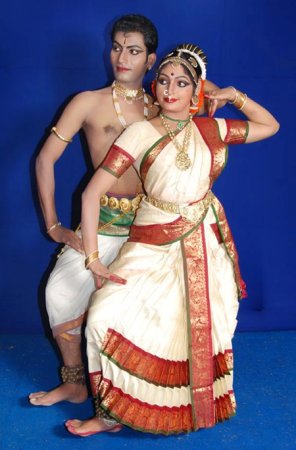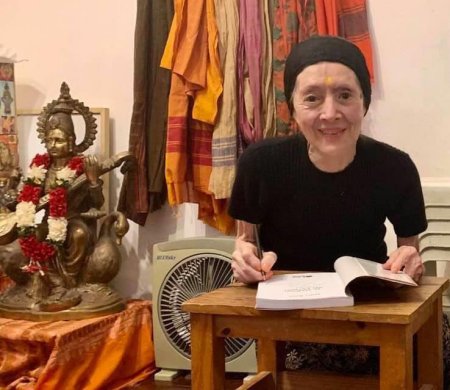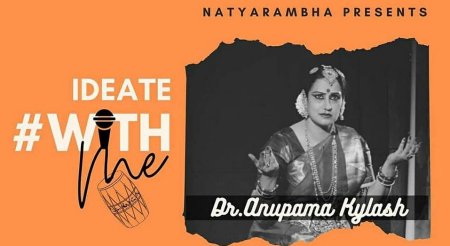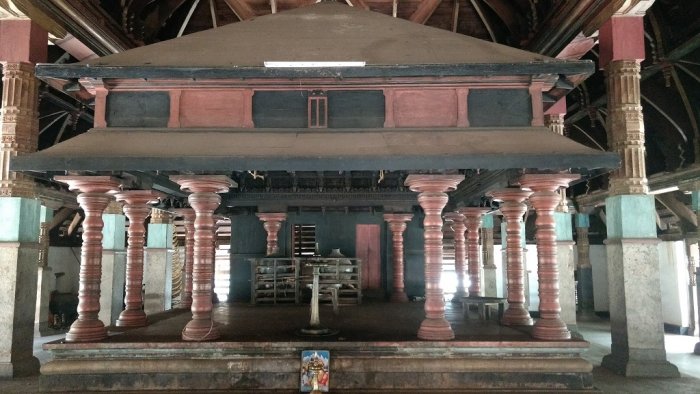In my last column I had made a plea for a 'package', in the wake of the COVID 19 pandemic, for Indian artistes. Maybe I was delusional in thinking that the gatekeepers of the domain of the arts in India are proactive, read extensively and will at least take the hint if not get inspired. Not one to give up in the face of inertia, in this column I persist in my demand for a 'package' for the artistes of India in response to COVID 19 and the peculiar and unprecedented situation that faces the arts today.
The unprecedented setback by the Corona virus that has impacted the entire world has not spared India. In fact, the Indian economy that was already doing badly with falling GDP and an unprecedentedly high figure of joblessness, has now got on to a downward spin, and threatens to spin out of control. No sector has escaped its ill effects. The sector of culture and creative economy, which represents our priceless heritage of the arts, is also severely hit. Art remains an 'Unorganised Sector' making it susceptible to the vagaries of disasters even as all artists have become among the most 'Endangered Species'. Given the fragility of the constituency, there is palpable worry, emanating from the community as well as its stakeholders and watchers, that the arts may not survive in their glory, unless hand held and helped at this stage.
Read more in the site
The unprecedented setback by the Corona virus that has impacted the entire world has not spared India. In fact, the Indian economy that was already doing badly with falling GDP and an unprecedentedly high figure of joblessness, has now got on to a downward spin, and threatens to spin out of control. No sector has escaped its ill effects. The sector of culture and creative economy, which represents our priceless heritage of the arts, is also severely hit. Art remains an 'Unorganised Sector' making it susceptible to the vagaries of disasters even as all artists have become among the most 'Endangered Species'. Given the fragility of the constituency, there is palpable worry, emanating from the community as well as its stakeholders and watchers, that the arts may not survive in their glory, unless hand held and helped at this stage.
Read more in the site




